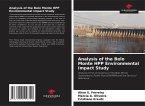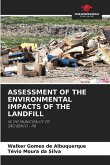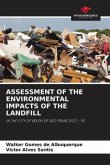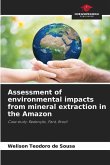The objective of this study was to diagnose the environmental impacts on the quilombola community Pitombeira after the implementation of the Santa Luzia solar complex. The methodology used was based on bibliographic research in scientific and technical sources, field visits and photographic records. The georeferencing of the area was carried out, to identify the areas of influence, using geoprocessing tools; later, a simplified environmental diagnosis of the study's area of influence was made; then, the environmental impacts were identified and classified, and control measures and environmental plans and programs were indicated. Locally, 27 effects were manifested, according to the mitigation options, only 1 effect was classified as non-mitigating. The main environmental measures planned were: implementation of environmental education of the population to promote the reduction of consumption and recycling of materials; remove solid waste from the area and promote the use of the degraded area where the solar complex is located. Among the planned environmental plans and programs, the following stand out: the solid urban waste management plan.
Bitte wählen Sie Ihr Anliegen aus.
Rechnungen
Retourenschein anfordern
Bestellstatus
Storno








